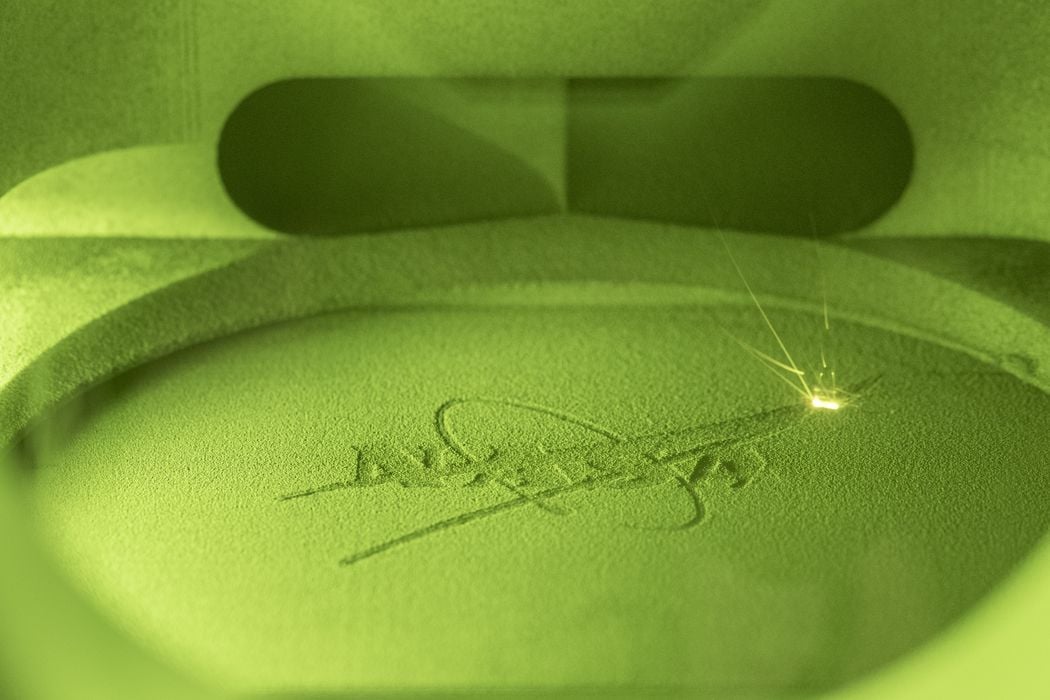
NASA has exclusively licensed a unique metal 3D print material to four partners.
The material in question is GRX-810, which is a superalloy that provides significantly greater performance. According to NASA, GRX-810:
- Is able to withstand temperatures up to 1100C
- Can last up to 2500X longer
- Four times better at flexing before breaking
- 2X as resistant to oxidation
How does this superalloy achieve these incredible properties? We don’t know the component mix, but we do know that it includes a portion of nanoscale oxide particles. These oxygen-bearing particles are the key to its advanced performance. NASA describes GRX-810 as an “oxide dispersion strengthened alloy”, or “ODS”. They explain more in a 2022 introduction of the material:
“It’s challenging and expensive to produce ODS alloys for these extreme environments. To develop NASA Alloy GRX-810, agency researchers used computational models to determine the alloy’s composition. The team then leveraged 3D printing to uniformly disperse nanoscale oxides throughout the alloy, which provides improved high-temperature properties and durable performance. This manufacturing process is more efficient, cost effective, and cleaner than conventional manufacturing methods.”
The advanced properties will benefit aerospace applications, which often require metal parts that must endure extreme environmental conditions. One can easily imagine this material being used in high performance rocket engines, where the goal is to push the envelope to gain the maximum performance.
While NASA developed the material in 2022, it is now being exclusively licensed to only four partners. They are:
- Carpenter Technology Corporation of Reading, Pennsylvania
- Elementum 3D, Inc. of Erie, Colorado
- Linde Advanced Material Technologies, Inc. of Indianapolis
- Powder Alloy Corporation of Loveland, Ohio
Presumably these companies will manufacture GRX-810 at scale and market it to 3D printer manufacturers and operators. By licensing to four providers, NASA should ensure that monopoly pricing won’t happen — and at the same time providing some income for NASA from the licensing fees.
This is definitely a case of a NASA technology “spin off”, one of over 2,000 that have taken place over the past decades. NASA is primarily a research agency, in spite of their high profile missions. They employ large numbers of researchers who develop solutions to a variety of issues facing the aerospace industry. Some of them end up being used in missions, and others are licensed for use by industry.
The availability of this material will presumably enable engineers to design more advanced components that can deliver more efficient and effective aerospace solutions.
Via NASA and NASA (2022 Announcement)
